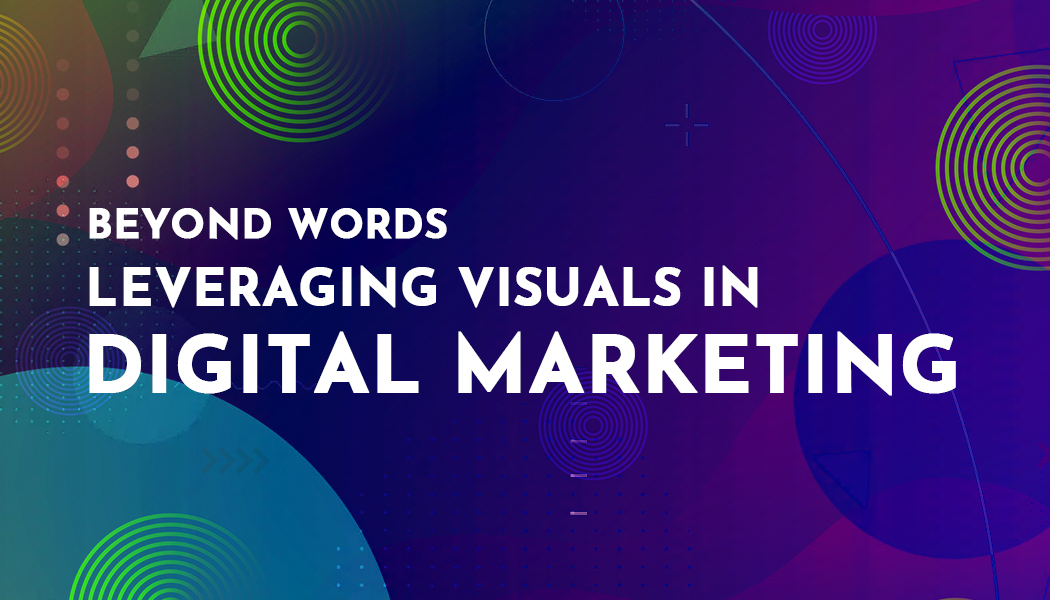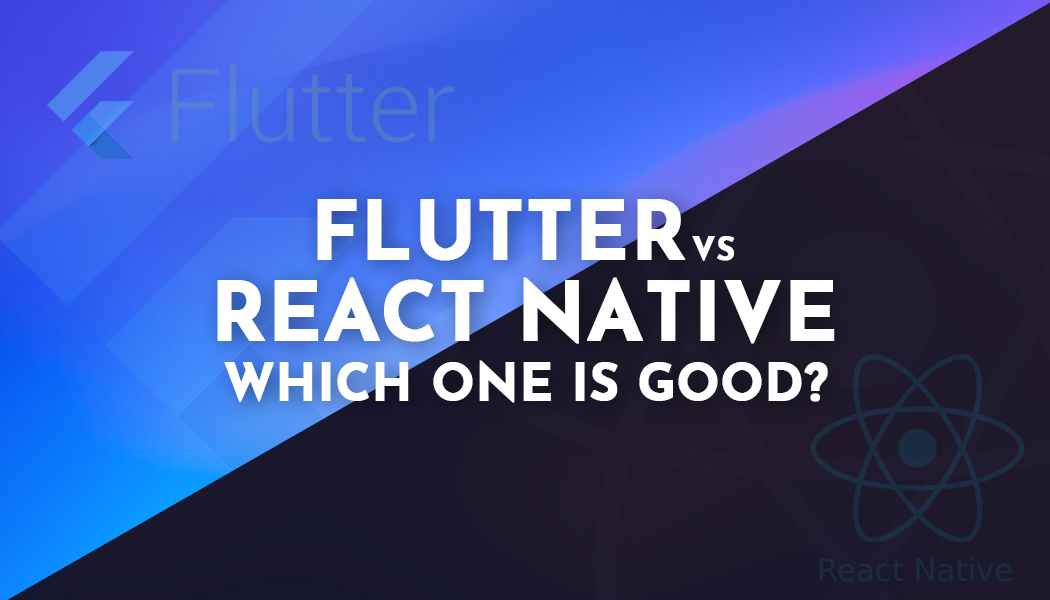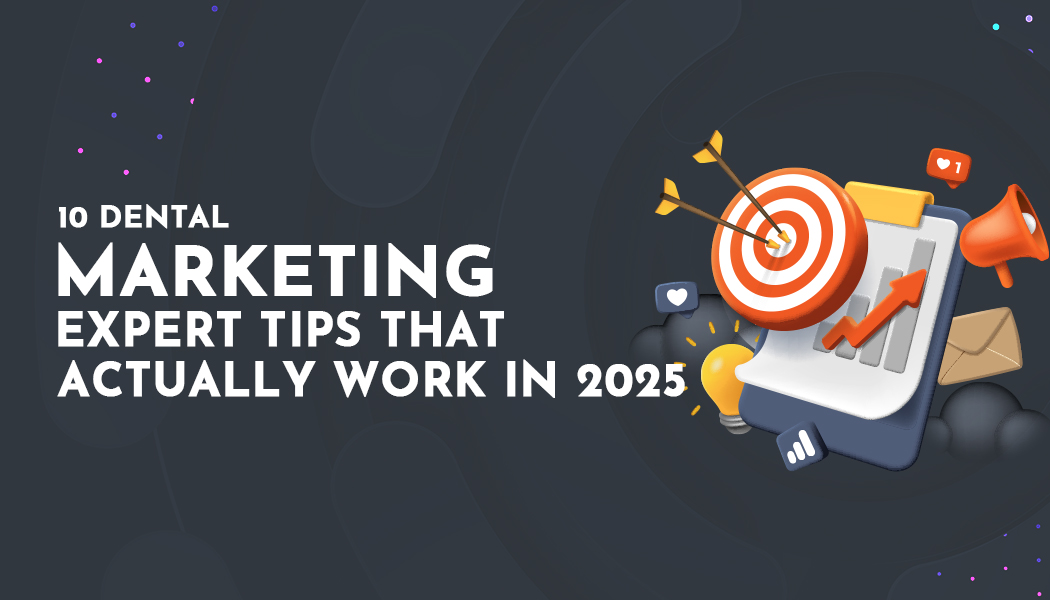Beyond Words - Leveraging Visuals in Digital Marketing
Visuals have become one of the significant keys to efficiency in today’s digital marketing. When attention spans are transient and online competition is fierce, the importance of visuals cannot be overemphasized. From eye-catching photos to entertaining movies and informative infographics - every type has its strength and proper usage to deliver the message best. To gain a deeper understanding of the power of visuals and the significance of graphics, we'll examine some practical recommendations and future implementations.
The Power of Visuals
Visuals act as beacons of clarity and engagement in a world where information bombards us at every digital turn. The prime aim is to capture our attention quickly and communicate messages with extraordinary clarity. According to studies, the human brain processes visual information 60,000 times faster than words, which explains why images have become an essential part of modern communication. Recent statistics show that social media posts with photos or videos receive much more engagement, and websites with attractive visuals have longer visitor durations. Yet, by understanding the importance of visual usage, you should also comprehend the nuances of how to use them and what kind of visuals will best communicate your message.
Types of Visual Content: Exploring AI-Generated Images
Businesses and creators have diverse tools to effectively engage their customers in the broad environment of visual content. Images, movies, infographics, and the novel category of AI-generated images are all examples of visual content.
The AI image generator is a game changer in digital marketing, enabling the generation of one-of-a-kind pictures on a large scale. These AI-powered applications employ machine learning algorithms to create images suited to specific themes or styles. They are redefining content development by reducing time and resources while expanding creative options.
Traditional photographic images, graphic design, user-generated content, and AI visuals are essential marketing and communication tools. Photographs add authenticity and a personal touch, artwork allows for creativity and storytelling, and user-generated content encourages community participation. Each style has advantages; selecting the best one depends on the message and audience. The diverse benefits and uniqueness of these numerous picture types offer insights into using them effectively in marketing and communication.
Integrating Visuals in Digital Marketing
Visuals are powerful on their own, but their impact is amplified when effectively integrated into digital marketing campaigns. With AI-generated ads, brands can quickly produce high-quality, targeted advertising materials that resonate with their audience. This integration is a critical component of online success for businesses and creators. This section will look at the strategic use of images in digital marketing efforts.
First and foremost, images must be consistent with your brand's identity. Visual aspects should continuously reflect your brand's personality, beliefs, and messaging. When your audience views your graphic material, they should immediately recognize and connect with your brand. Visual consistency improves brand identification and promotes confidence among your consumers.
Here are five practical and effective strategies for using graphics in digital marketing: Select a style and link your social accounts; in 30 seconds, elevate your brand's credibility. An email signature generator amplifies brand visibility and fosters seamless social interactions with every email.
-
Campaigns Using User-Generated Content:Encourage customers to discuss their brand-related experiences and products. Repost user-generated content on your social media channels to increase trust and authenticity.
-
Infographics: Create visually appealing infographics to convey complex information in an easy-to-understand and shareable format.
-
Video Tutorials and How-Tos: Create educational video tutorials that highlight the capabilities of your product or address frequent problems, delivering value and displaying your expertise.
-
Visual User Experience (UX): Optimize loading times and ensure responsive design for visuals on your website to improve visual user experience and reduce visitor deterrents.
-
AI-Generated Images: Explore using AI-generated photos to improve and diversify your visual content development. AI image generators can efficiently generate one-of-a-kind pictures at scale, saving time and resources while increasing your creative possibilities.
Understanding your target audience is also essential. Your visuals must appeal to your audience's tastes and interests. With a thorough understanding of your target audience's demographics, psychographics, and online behavior, you can develop visual content that captures their attention and motivates them to take the necessary action.
Measuring Visual Impact and Future Trends
Once you've harnessed the power of graphics in your digital marketing efforts, you must measure their impact and adjust to the constantly changing visual marketing landscape. So, how do you measure the success of your visual content and forecast the future of this ever-changing industry?
Measuring the effectiveness of visual information is critical for fine-tuning your approach. We'll review the importance of measuring key performance indicators and utilizing analytics tools to acquire insights into audience engagement, conversion rates, and other critical indicators. You may continuously optimize your visual content's efficacy by analyzing what works and what doesn't.
-
Engagement Metrics: Track metrics like likes, shares, comments, and time spent on visual content. Analyze which visuals generate the highest engagement rates to understand audience preferences and refine your content accordingly.
-
Click-Through and Conversion Rates: Measure the impact of visual content by monitoring the click-through rates (CTR) on visuals that lead to your website or landing pages. Additionally, track conversion rates to assess how visuals contribute to achieving your specific marketing goals, such as sign-ups, sales, or downloads.
-
Heatmaps and User Behavior Analysis: Utilize tools like heatmaps to understand how users interact with visual elements on your website. This provides insights into where users click, hover, or scroll, helping you optimize graphic placement and design for better user engagement and conversion.
These specific metrics are examples of how to analyze and measure the real impact of your visual content and make data-driven decisions to enhance performance.
Summary
Having great visuals is crucial for online success in the digital age. Using them effectively engages audiences and communicates messages. You can harness the power of visuals by aligning them with your brand and audience and measuring your success through metrics. Keeping up with emerging trends in visual marketing will keep you competitive.




